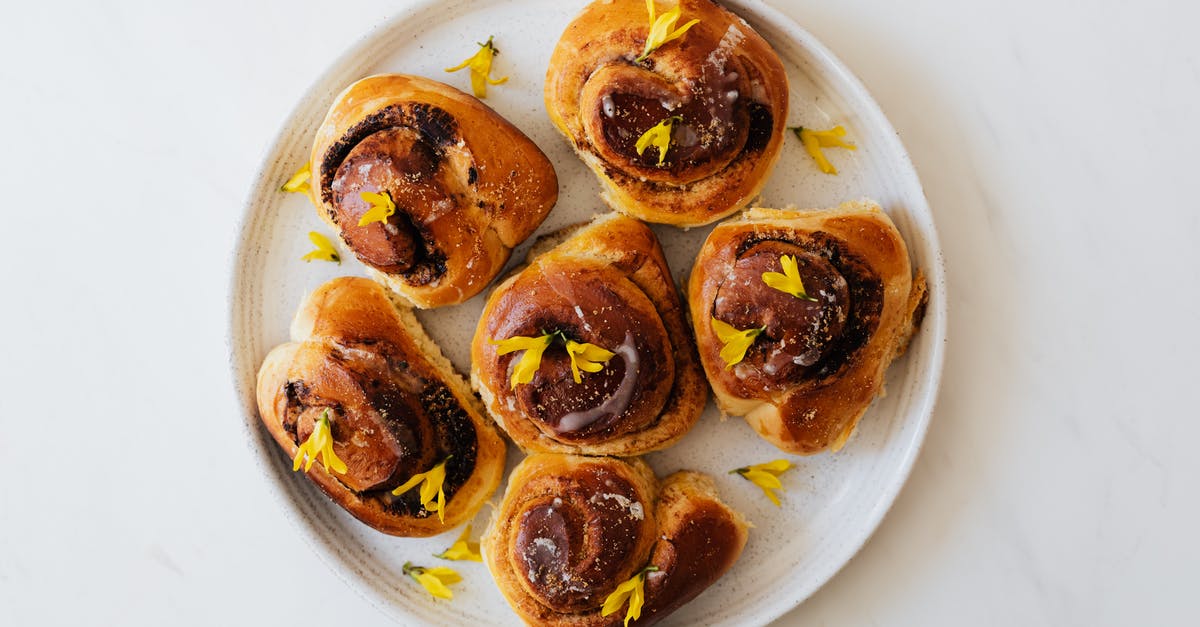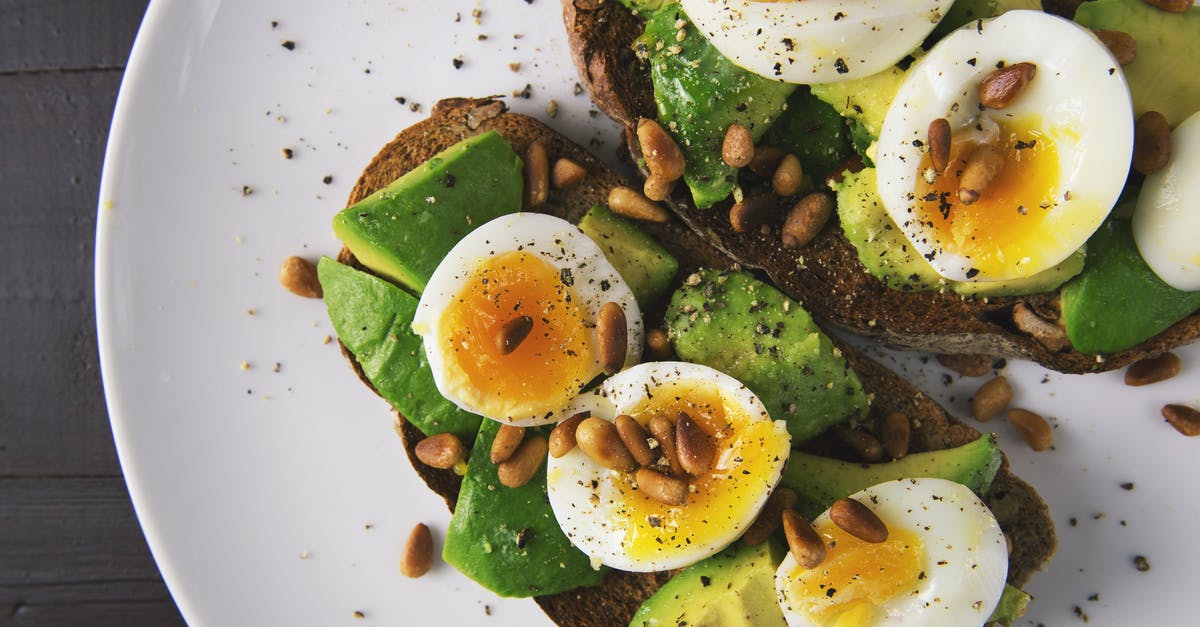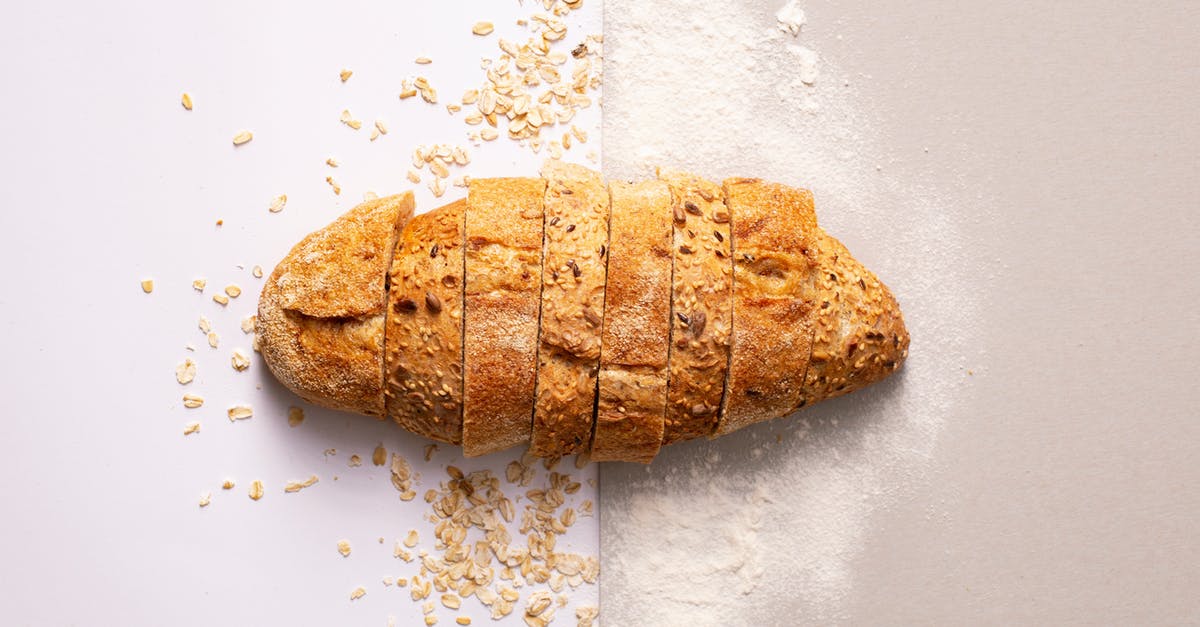Under-watered bread dough: specific effect?

I would like to ask what would be the difference between a bread dough that had a sufficient water component, vs a bread dough that wasn't sufficiently moisturized, in terms of the end result baked product?
Would an under-moisturized bread become crumbly and dry on the inside? Or is this more of an effect of lack of humidity in the oven during baking?
Finally, what parts of a bread recipe or its baking process would yield soft, moist insides as opposed to a dry crumbly inside?
Best Answer
The question is tough to answer in general for all possible bread types. For most of the answer, I'm going to assume we're talking at least about a yeasted wheat-based bread, formed into something resembling some standard European-style loaf type.
What would be the difference between a bread dough that had a sufficient water component, vs a bread dough that wasn't sufficiently moisturized, in terms of the end result baked product?
It really depends a lot on type of bread. Very generally speaking, bread dough with greater moisture will generally end up with larger interior holes and will often rise a bit more. Too much flour tends to create strong gluten networks which toughen and, combined with the extra weight of the flour, won't allow the dough to rise as well.
Would an under-moisturized bread become crumbly and dry on the inside?
Dry? Maybe. Crumbly? That doesn't generally happen with standard wheat breads until they are a bit stale.
Most standard wheat-based yeast breads should basically never be "crumbly" on the inside. Bread doughs tend to have higher gluten, which makes for chewy and elastic interiors. Even when very tender (usually due to a lot of enriching agents like butter/oil, eggs, milk, etc.), bread interiors are rarely crumbly. "Crumbly" is more of a characteristic of underworked lower-gluten baked goods (cakes, pastries, some quickbreads), which also tend to have a lot more sugar and enriching agents than bread doughs. The whole purpose of kneading is to create and stretch gluten bonds, which will avoid crumbly interiors. "Crumbly" also can occur in breads that are based on non-wheat starches with little or no gluten, or in breads that are packed full with other ingredients that prevent large-scale gluten formation.
Anyhow, if you end up with a (wheat-based) bread that is crumbly on the inside, it was likely not mixed enough to incorporate and hydrate the flour completely. If the dough was dry enough for this to happen even with a lot of mixing, you'd usually see raw flour that can't even be kneaded into the dough, and the dough would be so stiff as to be unworkable.
Or is this more of an effect of lack of humidity in the oven during baking?
Lack of humidity during baking is a desirable characteristic for many types of breads, particularly after the first 10 minutes or so. During the first 10 minutes, steam generally is beneficial to most breads, since it keeps the crust hydrated for longer and delays its hardening, which allows greater oven spring. After the first portion of a bake, low humidity allows crust formation and colorization (which increases flavor).
That said, there are some breads that are steamed or baked completely covered (effectively steaming themselves). For enriched breads this can sometimes be beneficial in maintaining interior moisture. But for lean doughs (e.g., baguettes or crusty French bread), high humidity will prevent a good crust from forming and may even leave the interior a bit "gummy" even when fully baked. A lot of what we associate with "done" textures in bread is partially based on allowing the interior to dehydrate a bit as it cooks.
Finally, what parts of a bread recipe or its baking process would yield soft, moist insides as opposed to a dry crumbly inside?
Higher water content isn't usually about a moister interior for the final product. I've baked moist, soft bread doughs with anything from 60% to 90% hydration. (Terminological note: that's the ratio of water to flour by weight, e.g., a 60% hydration loaf has a 0.6:1 ratio of water to flour. That range covers almost all standard bread types.) As I mentioned above, higher water content tends to produce more irregular (and larger) holes in the final product, also often increasing loaf volume. By increasing the loaf volume, you also decrease the water concentration/humidity of the dough (since there's more air surrounding the strands of dough interior). That means higher moisture bread doughs don't necessarily produce a higher moisture final loaf: in fact, the higher hydration doughs are generally used to create a crusty bread whose interior may still be tender but whose moisture content is low enough not to soften the exterior crust prematurely as the bread ages after baking.
So, if you want a "moist" and tender interior -- as you might find in standard white sandwich bread -- the easiest way to achieve that is with enriching agents, as discussed above. Butter/oil, eggs, milk, and sugars to some extent, will all result in a softer crumb. They also tend to decrease final loaf volume somewhat, which will effectively result in a more moist final product (even if the amount of water initially is lower than in a lean dough).
There are other more subtle ways to keep the interior tender, if you have a specific style of bread in mind. But generally enriching agents will have a greater importance in tenderness and perceived "moistness" than the water:flour ratio.
All of that said, for most styles of bread -- if you decrease the water from a "standard" recipe for that type of bread, you'll often end up with a tougher bread. Beginning bakers often make this mistake by (unintentionally) incorporating too much flour during kneading or shaping.
Pictures about "Under-watered bread dough: specific effect?"



Quick Answer about "Under-watered bread dough: specific effect?"
If the water in the recipe isn't sufficient, the dough will feel dry and be unable to stretch easily. This slows down the proofing process. It can also damage the dough structure as there isn't have enough water to allow the gluten to unravel properly and stretch.How does water affect bread dough?
It is in the presence of water that gluten forms. Water serves as a solvent and dispersing agent (for salt, sugar, and yeast). Water is necessary for yeast fermentation and reproduction; softer doughs will ferment more quickly than dry doughs. Water is responsible for the consistency of bread dough.How does water temperature affect bread dough?
The temperature of the dough as it begins proofing, or rising, affects the rate of fermentation and, in turn, the flavor and texture of the finished product. The optimal temperature for most bread doughs is 75 degrees.How does hydration rate affect bread?
Texture \u2013 The higher the hydration level of your bread, the softer the texture will be, and the more open the crumb will be (i.e. bigger holes inside). Crust \u2013 Sourdough bread crust tends to be quite thick and hard, but a higher hydration sourdough has a thinner crust that stays crispy for longer.What happens if bread is under proved?
The crumb structure of an under proofed loaf will be tight and gummy. Because it was not given enough time to develop and trap CO2 gasses, the crumb structure will be very dense, with uneven air bubbles.This is How Salt Affects Bread Dough | The Effects of Salt Explained
Sources: Stack Exchange - This article follows the attribution requirements of Stack Exchange and is licensed under CC BY-SA 3.0.
Images: Karolina Grabowska, Foodie Factor, Olya Kobruseva, Mariana Kurnyk
